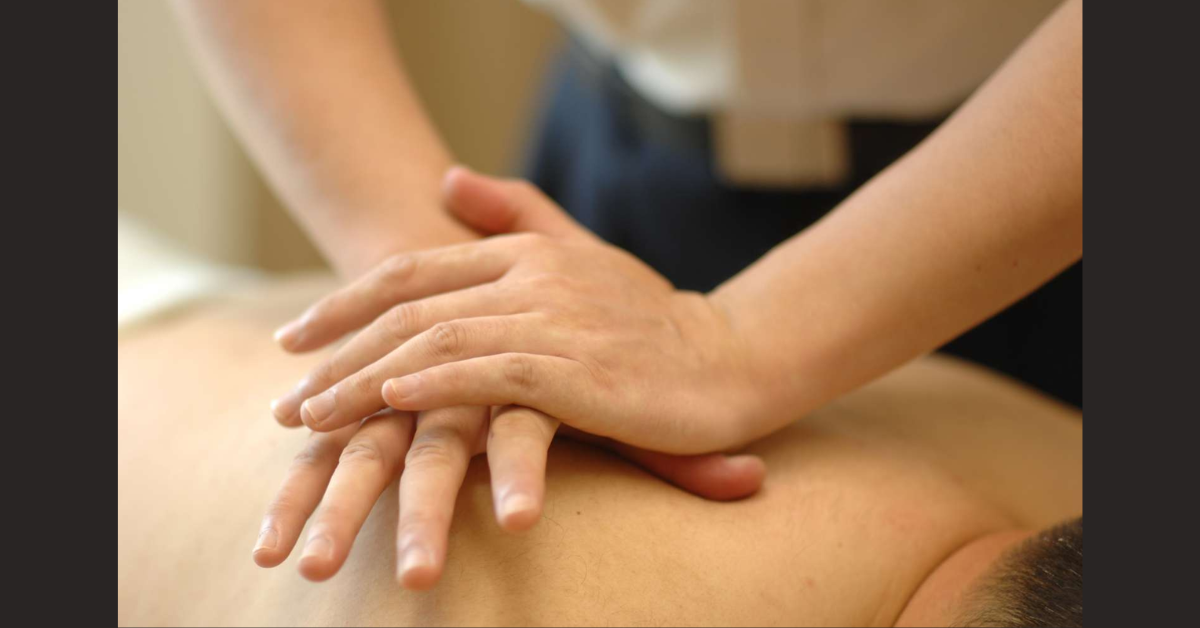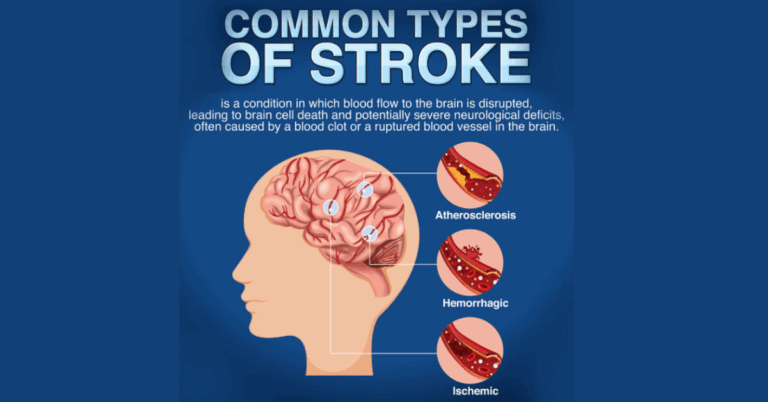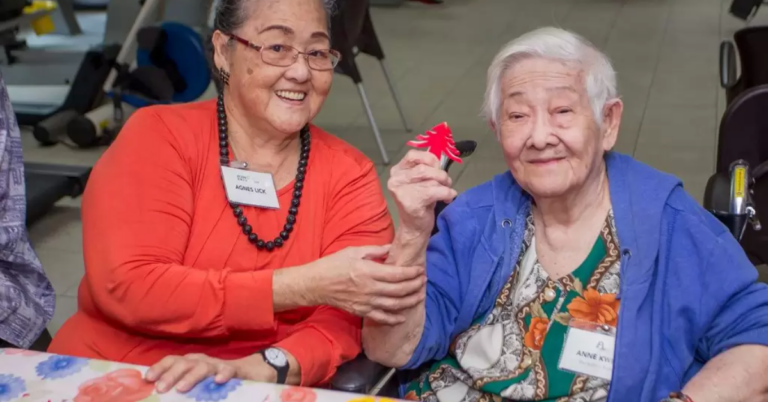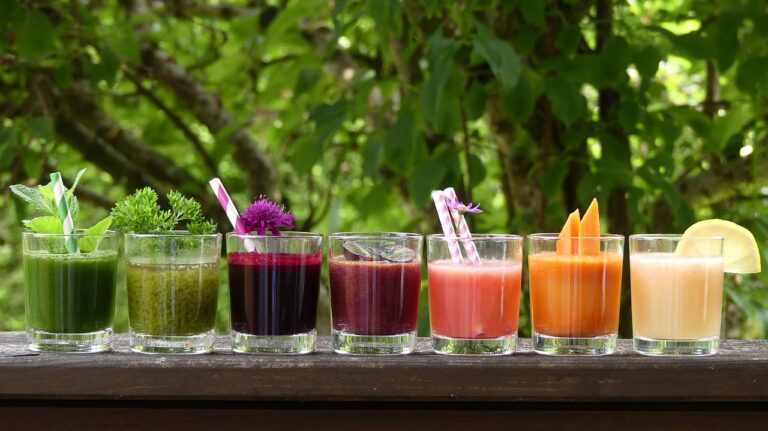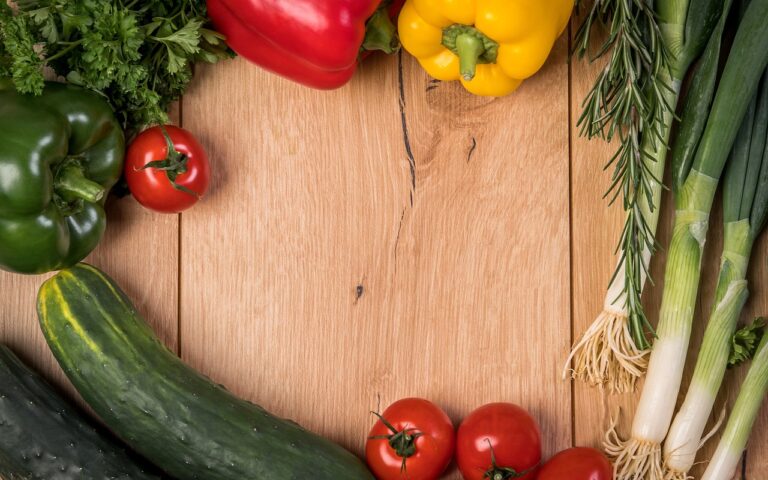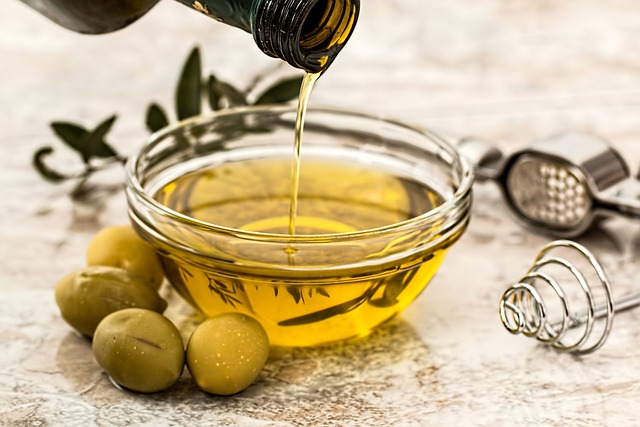Healing with Ancient Wisdom: A Comprehensive Guide to TCM Cupping Singapore
In recent years, TCM Cupping Singapore has emerged as a popular and trusted therapy among those seeking holistic wellness solutions. Rooted in traditional Chinese medicine (TCM), cupping therapy involves placing cups on the skin to create suction, stimulating circulation, releasing toxins, and alleviating stagnation of “qi” (energy). In Singapore, many TCM clinics and wellness centers now include cupping as part of their treatment repertoire, catering to a growing clientele who desire natural, non-invasive methods to support health. This article delves into the history, principles, benefits, process, safety considerations, and what one can expect when trying TCM cupping in Singapore today.
Origins and Philosophy of Cupping in Traditional Chinese Medicine
Cupping is an ancient healing method that dates back thousands of years. In Traditional Chinese Medicine, the body is seen as a network of meridians along which qi (vital energy) flows. When qi stagnates, or when cold or dampness invade the body, pain and disease may arise. Cupping is thought to pull stagnation toward the surface and stimulate the flow of qi and blood.
Historical records show that cupping was used by notable practitioners such as Ge Hong in the Eastern Jin dynasty, and it has long been used in conjunction with acupuncture, moxibustion, herbal medicine, and other TCM modalities. Over the centuries, the technique evolved: glass, bamboo, ceramic, and more recently plastic or silicone cups have been adopted depending on context and convenience.
In modern TCM practice, cupping is often integrated into a tailored treatment plan, combined with other therapies to address the root cause of imbalance rather than only symptoms.
How TCM Cupping Works: Mechanism and Types
Mechanism
Cupping therapy works primarily through suction. When a cup is applied to the skin and suction is created, several physiological responses may occur:
-
Increased local blood flow: The suction draws blood toward the surface, opening capillaries and enhancing microcirculation.
-
Release of stagnation: Over time, stagnated qi and blood that had been trapped in deeper tissues may be drawn closer to the surface, facilitating expulsion or re-circulation.
-
Relaxation of tissues: The pull effect stretches the skin and superficial fascia, which may help reduce tension and adhesions in underlying muscles.
-
Immune & lymphatic stimulation: Cupping may stimulate local immune responses and improve lymphatic drainage, aiding detoxification.
-
Neural effects: The mechanical stimuli may modulate local nerve function, activating endogenous pain relief pathways (endorphins, gate control of pain).
Types of Cupping
Within TCM practice, several types of cupping are used, often selected based on the patient’s condition:
-
Dry Cupping
Cups are applied and left in place for several minutes to create suction without any incisions or bleeding. -
Wet (Bleeding) Cupping
After initial light suction, tiny incisions are made in the skin. Then the cup is applied again to draw out small amounts of blood. This is considered more aggressive and is used less commonly, only by experienced practitioners and with strong justification. -
Moving (Sliding) Cupping
The cups are lubricated (e.g. with oil) and gently slid along muscle groups or meridian lines, providing a massage-like effect. -
Fire Cupping
A flame is briefly placed inside the cup to heat the air, creating suction as the cup is applied. This method is more traditional and less commonly used in many modern TCM clinics due to safety and regulatory considerations. -
Silicone and Plastic Cupping
More modern cup materials that allow better control, easier handling, and adjustable suction levels.
TCM cupping Singapore clinics often choose the type and strength according to the individual’s age, constitution, and condition being treated.
Benefits and Indications of TCM Cupping
Many people turn to TCM cupping for symptoms where conventional medicines may offer limited relief without side effects. Below are some of the commonly cited benefits and conditions for which cupping is indicated (though responses vary by individual):
Common Benefits
-
Relief of muscle tension, stiffness, and pain, especially in the neck, shoulders, back, and limbs
-
Improvement of blood circulation and microcirculation
-
Accelerated recovery from sports injuries or overuse
-
Support in treating respiratory conditions such as bronchitis, cough, asthma
-
Alleviation of digestive ailments, such as indigestion, bloating or abdominal discomfort
-
Enhancement of immune function through improved circulation and lymphatic movement
-
Reduction of stress, anxiety, and fatigue, promoting a sense of relaxation
-
Support for detoxification and removal of metabolic waste
-
Relief of menstrual pain or premenstrual syndrome (PMS) symptoms
-
Complementary therapy in chronic conditions, e.g. arthritis, fibromyalgia, and other pain syndromes
Scientific Evidence and Limitations
While many patients report favorable results, scientific research on cupping remains mixed. Some clinical trials and systematic reviews suggest possible benefits in pain reduction, especially for chronic neck and back pain, but methodological weaknesses, small sample sizes, and placebo effects are often pointed out by critics.
Thus, in TCM practice and in Singapore, cupping is best viewed not as a “cure-all” but as a supportive therapy—one component in a personalized treatment plan.
TCM Cupping in Singapore: What to Expect
In Singapore, TCM cupping is offered at numerous Chinese medical halls, integrative wellness clinics, and traditional medicine centers. Here’s what someone new to the therapy might expect:
Consultation & Assessment
Before starting cupping, a qualified TCM practitioner will typically conduct a detailed consultation:
-
Review your medical history, allergies, medications, recent surgeries, or skin conditions
-
Ask about your current symptoms, lifestyle, diet, emotional state
-
Inspect your tongue and take your pulse, as is standard in TCM diagnosis
-
Palpate your body to observe areas of tension, stagnation, or sensitivity
-
Determine whether cupping is safe and appropriate in your particular case
Session Setup
-
The area of treatment is usually exposed and cleaned.
-
The practitioner may apply a thin layer of oil or herbal balm to facilitate sliding cupping (if that method is to be used).
-
The practitioner chooses the type of cup (glass, silicone, plastic) and the suction level.
-
If fire cupping is used, they will carefully heat the air within the cup before applying it.
During the Treatment
-
Cups are placed on the skin and left for 5 to 15 minutes, depending on the treatment goal and patient’s tolerance.
-
In “sliding” cupping, the cups are moved gently along the areas of interest.
-
The patient may feel tightness, pulling, warmth, or mild tingling.
-
In bleeding cupping (used much more conservatively), tiny micro-incisions are made, and gentle suction draws out small amounts of blood.
Post-Treatment
-
Cups are removed, and some residual marks or discoloration may remain for a few days. These marks are not bruises in the usual sense but indicate where stagnation and toxins were drawn out.
-
The practitioner may apply a healing herbal balm, warm compress, or advise rest.
-
You might be given self-care advice: keep the area warm, avoid showering in cold water, refrain from strenuous activity, and hydrate well.
-
Depending on your condition, multiple sessions may be recommended, typically spaced several days apart.
Safety, Risks, and Contraindications
Though cupping is generally considered safe when performed by trained practitioners, some precautions must be observed:
Common side effects / minor risks
-
Circular red or purple marks or staining (can last from a few days to a week or more)
-
Mild bruising
-
Skin irritation, blistering, or burns (especially with fire cupping or overly aggressive application)
-
Discomfort during suction or removal
Contraindications / When to avoid cupping
-
Open wounds, skin ulcers, or active infections
-
Severe eczema, dermatitis, or other skin disorders
-
Deep vein thrombosis (DVT), bleeding disorders, hemophilia
-
Use of anticoagulant medications (increased risk of bleeding)
-
Pregnancy (especially on the abdomen or lower back)
-
Fractures, severe osteoporosis, or structural bone damage in the treatment site
-
Severe cardiac or respiratory conditions (use judgment)
-
Immediately after heavy alcohol consumption or meals
It’s essential to ensure the practitioner is fully qualified, licensed (where applicable), and operates in a clean, hygienic environment. Tools and cups must be sterilized properly in compliance with Singapore’s health and safety regulations.
Choosing a Reputable TCM Cupping Provider in Singapore
When selecting a practitioner or clinic for TCM cupping Singapore, consider these criteria:
-
Proper credentials
The practitioner should hold recognized TCM qualifications or be certified by relevant Singapore regulatory bodies. -
Clean and safe environment
The clinic should maintain sterile instruments, separate zones for treatments, and strict hygiene practices. -
Initial consultation and diagnosis
A good practitioner will not jump straight into cupping without assessing your general health and suitability first. -
Transparency about methods
Ask whether they use dry, sliding, or bleeding cupping, and whether fire cupping is employed. Confirm risk mitigation practices. -
Customized treatment plan
The best practitioners integrate cupping with other TCM modalities (herbal medicine, acupuncture, dietary advice) tailored to your condition. -
Reasonable pricing and clarity
Be cautious of overly cheap services or exotic promises of “miracle cures.” Ethical practitioners will set realistic expectations. -
Feedback and follow-up
Effective care includes monitoring how you respond over subsequent sessions, adjusting treatment as needed, and advising self-care.
Typical Use Cases & Success Stories (Without Links)
To illustrate how cupping is used in practice, many patients in Singapore seek it for back pain relief or shoulder tension after long hours at desks. In such cases, sliding cupping along the paraspinal muscles and trapezius lines, combined with gentle acupuncture, often eases stiffness and improves mobility. Some recovering athletes have shared that cupping helps speed up relief from muscle soreness post-training when integrated with massage and rest.
Women with menstrual cramps sometimes find that gentle cupping on the lower back or abdomen (with due caution) reduces pain, especially when part of a broader TCM regimen including herbs and dietary adjustments. Others dealing with chronic fatigue or low immunity report better energy levels after a few cupping sessions that help move stagnation and refresh circulation.
These anecdotal successes, while not substitutes for rigorous clinical trials, reflect the experiential value many patients place on cupping as a complementary therapy.
Tips to Get the Most Out of Your Cupping Experience
If you plan to try TCM cupping in Singapore, here are some tips:
-
Wear loose, comfortable clothing so that exposure and movement are not hindered.
-
Communicate openly with your practitioner about your pain thresholds, skin sensitivities, and medical history.
-
Hydrate well before and after the session to support detoxification.
-
Avoid cold exposure (e.g. cold showers or air conditioning directly on treated areas) immediately after cupping.
-
Rest and avoid strenuous exertion for at least several hours after treatment.
-
Track your responses (pain level, stiffness, marks) so you and your practitioner can fine-tune subsequent sessions.
-
Be patient and realistic—results vary, and cupping is seldom a one-session cure; you may need multiple sessions over weeks.
Limitations and When to Combine with Other Therapies
TCM cupping should not be viewed as a stand-alone “magic bullet.” In many cases, more robust or deeper pathologies (structural issues, internal organ disease, autoimmune disorders) require a multi-pronged approach, such as:
-
Herbal medicine to address internal imbalances
-
Acupuncture to regulate qi flow along meridians
-
Physical therapy or chiropractic work when structural realignment is needed
-
Conventional medical diagnostics or interventions when warranted
A wise TCM practitioner will recognize when referral or integration with Western medicine is appropriate.
Future Trends & Integration of Cupping in Singapore’s Wellness Landscape
As Singapore continues to promote integrative and complementary medicine, the role of traditional modalities like cupping may expand. Some trends and possible developments include:
-
Greater standardization of training, certification, and regulation of TCM therapies (including cupping)
-
Research partnerships between TCM clinics and academic institutions to study mechanisms and efficacy
-
Integration of cupping into wellness spa services, sports recovery centers, and integrative health hubs
-
Use of modern tools smart cups, adjusted suction control, combined with light devices (e.g., cupping with lasers or infrared)
-
Emphasis on data collection and outcome tracking to refine protocols and support evidence-based practice
These shifts could help raise the credibility, safety, and accessibility of TCM cupping in Singapore.
Conclusion
In Singapore’s thriving landscape of holistic health and wellness, TCM cupping Singapore has carved a respected niche. With its roots in ancient Chinese medical philosophy and evolving techniques adapted for modern practice, cupping offers a non-invasive way to enhance circulation, release tension, and support the body’s self-healing capacities. While it is not a cure-all, when performed by qualified practitioners and used thoughtfully within a broader treatment plan, cupping can be a valuable ally on one’s health journey.
Before embarking on cupping, it’s wise to consult a licensed TCM practitioner who can assess your individual constitution and guide you safely through the process. With realistic expectations and care, you may find that this time-tested therapy supports your path toward balance, vitality, and well-being in the busy modern life of Singapore.

